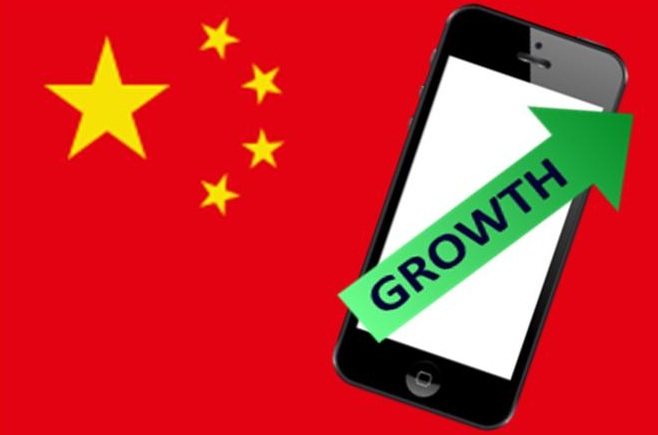 Chinese mobile commerce shows promising growth
Chinese mobile commerce shows promising growth
Mobile commerce has been making impressive progress throughout the world, but the scene has been seeing the most activity in China. The country has become a hub for mobile technology and innovation and many of the consumers living there were among the first to embrace mobile commerce. Chinese consumers have been attracted to the convenient nature of mobile payments and many have praised the services that have been opened up to them over the past two years.
Sector expected to reach $41 billion by 2015
A new report from iResearch, a market research firm, shows that mobile commerce has grown exponentially throughout China. According to the report, mobile commerce was worth $7.8 billion by the end of 2012. The report also expects this growth to continue, reaching $41 billion by 2015. While the sector has grown as a whole, one company has emerged as the dominating force in the mobile commerce field.
Taobao leads in mobile payments
Taobao, one of the largest mobile-based shopping organizations in the country, has established a formidable force when it coes to mobile payments. The company is part of the Alibaba Group, which is the most influencial online retailer in the country, eclipsing competitors Amazon and eBay. Tabao is the Alibaba Group’s consumer-to-consumer shopping platform, operating in much the same way that eBay operates in other parts of the world. The company represents more than 75% of the online retail market in China.
Retailers find success through engaging mobile consumers
Taobao, along with other retailers, has put strong focus on mobile commerce in order to appeal more to consumers tethered to smartphones and tablets. This focus has served these retailers well as consumers have shown a penchant for shopping for products even while at work or traveling. Mobile commerce allows these consumers to maintain a constant connection with retailers, allowing them to make purchases at any time they choose.
Mobile payments company shows promising growth
Mobile payments have been gaining speed around the world, appealing most to an emerging generation of consumers that have become tethered to smartphones and tablets. Square has focused on making mobile payments as universal as possible, forgoing the use of NFC technology that has formed much of the backbone of the mobile commerce space over the past few years. The company has seen major progress in its efforts to establish itself as a leading mobile payments platform and has managed to reach a new milestone in the payments it processes.
Square traffics $15 billion in annual payments
Square has announced that it now processes more than $15 billion in mobile payments annually, which roughly calculates to $41 million in payment volume every day. As mobile commerce has become more popular among consumers, Square has managed to establish itself as one of the favored mobile payments platforms among businesses interested in engaging these consumers. Square receives a 2.75% fee on all mobile transactions, much of which is portioned out to the v arious financial firms, such as Visa and MasterCard, which support the payment platform. Even in dolling out payments to these firms, Square manages to keep an estimated $413 million in annual revenue.
arious financial firms, such as Visa and MasterCard, which support the payment platform. Even in dolling out payments to these firms, Square manages to keep an estimated $413 million in annual revenue.
Square Stand could be a boon for many companies
The announcement comes on the heels of the launch of Square Stand, a point-of-sale system that is designed to be used with an iPad. The Square Stand can process mobile payments, but also acts as a traditional payment terminal, accepting payments made through most major credit and debit cards. Square believes that its new point-of-sale system can be very beneficial for companies that are interested in engaging consumers in a new way.
Starbucks thrives through partnership with Square
Square’s announcement concerning its annual mobile payments transactions does not include its partnership with Starbucks. The two companies partnered this year in order for Starbucks to reach out to mobile consumers. Starbucks itself has seen impressive growth through its mobile commerce initiative and continues to put a great deal of focus on engaging consumers on this level.
 Chinese mobile commerce shows promising growth
Chinese mobile commerce shows promising growth
 arious financial firms, such as Visa and MasterCard, which support the payment platform. Even in dolling out payments to these firms, Square manages to keep an estimated $413 million in annual revenue.
arious financial firms, such as Visa and MasterCard, which support the payment platform. Even in dolling out payments to these firms, Square manages to keep an estimated $413 million in annual revenue.